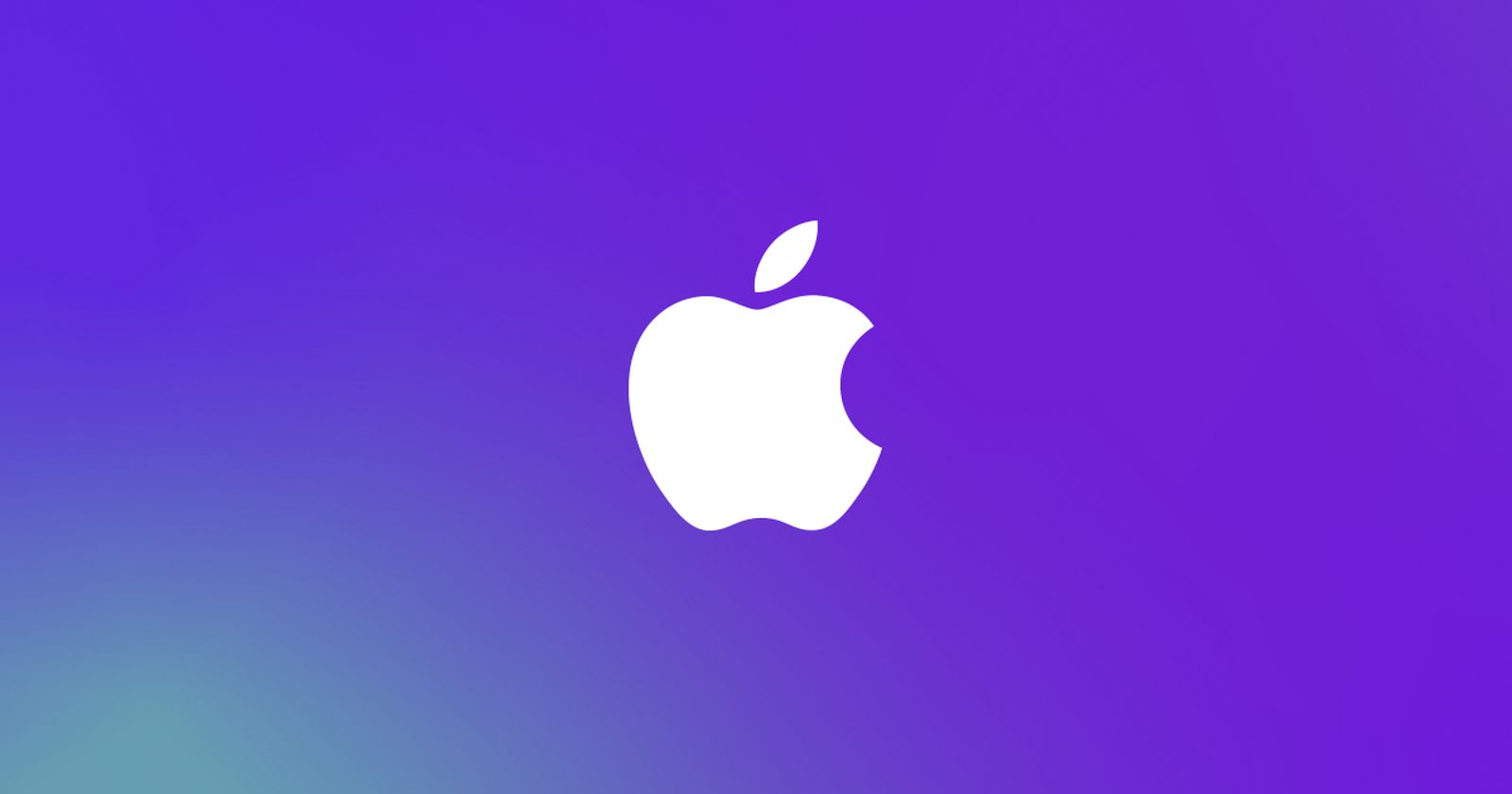In an industry driven by artificial intelligence, Dell Technologies Inc. and Intel Corp. are prioritizing private cloud and power-efficient workloads.
The unpredictable costs and storage requirements of AI have thrown many companies for a loop. An estimated 70% report backing up less than half of AI-generated data, according to theCUBE Research, while 80% of enterprise adopters surveyed by McKinsey & Co. have yet to see a financial return on their use of generative AI.
Dell’s response to the disruption is a disaggregated infrastructure, built on top of Intel’s processors, that combines the strengths of three-tier and hyperconverged architectures. The company’s AI strategy has seen a $10 billion surge in revenue over the last fiscal year.
Intel’s Flavio Fomin discusses his company’s partnership with Dell.
“We saw a lot of incremental value, a lot being added in every new release of the hyperconverged,” said Flavio Fomin (pictured), technical sales consultant at Intel, in an interview with theCUBE, part of Dell’s recent “5 Steps to a Smarter Private Cloud” event. “But like any technology, what we’re going to see here is that at some point that incremental innovation stops addressing some of the main pain points that the organizations have. I see [Dell Private Cloud] … as a bigger jump to address some of those pain points.”
Dell and Intel’s 30-year partnership shows that legacy giants are ready to meet the challenges of AI infrastructure and multicloud environments. Organizations that wait on modernizing their data architecture and business workflow could risk falling behind, according to Dave Vellante, chief analyst at theCUBE Research.
“[They must] modernize their operating environment because AI and application modernization [is] going to drive the next wave of innovation,” he said. “We’re starting actually to already see that in the productivity numbers.”
This feature continues News Media’s deep dive into how enterprises modernize and evolve their next-generation infrastructure foundations. (* Disclosure below.)
Private cloud based on disaggregated architecture
Dell built a disaggregated infrastructure for Dell Private Cloud based on feedback from customers, who want greater flexibility. The resulting architecture avoids hypervisor lock-in, allows for the independent scaling of compute and storage, and enables users to bring in whichever cloud operating system they prefer.
“People are looking for choice, and they’re also looking for the best to help them with the different workloads that they have,” said Rob Strechay, principal analyst for theCUBE. “Part of it is that disaggregated nature because of the storage being locked into one place.”
Dell Private Cloud lets companies refresh hardware and software separately, giving it a composability factor. Paired with Intel’s chips, the disaggregated architecture marks a significant improvement in cost performance, according to Fomin, who offers a scenario to illustrate the benefits of disaggregated versus hyperconverged infrastructure:
“I have two clusters … one cluster that is starving for storage resources and the other one has excess capacity,” he said. “But that excess capacity is trapped. I cannot share across that. And how do you solve that? Well, one of the ways is an external dedicated storage system. But I want to do that without losing all those benefits that I got on hyperconverged. And that’s one of the things that I get from [Dell Private Cloud].”

Dell’s Alyson Langon talks about flexible infrastructure.
On top of that flexible infrastructure, Dell has an ecosystem that allows for the networking and sharing of data across different environments. The goal is to give customers a choice in which cloud environments and software they want to use, enabling them to run both traditional and modern workloads.
“This is really our foundation where we lead across the board,” said Alyson Langon, director of product marketing at Dell, in another “5 Steps” interview. “Layering on top of that is our open ecosystem. The concept of a shared data layer here is very important to being able to store and manage and run all of these different workloads, working with all of these different software partners.”
Intel’s chips drive AI innovation
AI is changing the compute requirements, forcing companies to rethink the structure of their entire enterprise. This has brought storage back to the forefront of the tech industry and led to the rise of advanced data platforms that can ingest, store and query large volumes of data for AI models.
“Our research indicates that every layer of the technology stack — from compute to storage to networking to the software layers — will be re-architected for AI-driven workloads and extreme parallelism,” wrote Vellante and David Floyer in an analysis of AI’s impact on enterprise tech. “We believe AI demands advanced, high-performance storage solutions.”
Earlier this year, Intel announced the sixth generation of its Xeon processors, as well as the Gaudi 3 accelerator, which integrates ethernet and enables users to connect directly to Dell’s PowerEdge infrastructure. Both products are designed to optimize AI workloads while remaining energy-efficient.
“I think that great AI requires great power,” said Jonathan Seckler, senior director of server networking, ISG and product marketing, at Dell. “The ability to be efficient is important. By working on standards to improve efficiency and to leverage each other’s strengths, we are able to partner now with Intel with the introduction of the Xeon 6 processor. It offers an efficiency core so that for workloads that need to be highly efficient, it’s the right platform for them.”
Dell’s PowerEdge with Intel’s Xeon 6 saw a 40% improvement in performance per watt. Between the 15G and 17G generations of PowerEdge, there was a three times increase in the number of cores and an almost 70% improvement in performance per watt. These numbers are significant for customers trying to save power and costs on their AI data centers.
“If I’m considering that transition [to Dell Private Cloud], there is a tremendous opportunity for server consolidation, and that adds a lot of value when I’m thinking on the constraints that every data center has today,” Fomin said. “You have that opportunity now to improve in a significant way your overall CPU capacity [while also] improving the overall power consumption.”
Where the Dell-Intel partnership is headed
Intel has been finding its footing in modern enterprise, navigating competition from Taiwan Semiconductor Manufacturing Co. and the complexities of AI adoption. However, the company recently released a new AI processor called Crescent Island and received a significant investment from its rival, Nvidia Corp.
Through its partnership with Dell, Intel has positioned itself more favorably in the AI market and helped customers navigate the transition following Broadcom Inc.’s acquisition of VMware.

Dell’s Caitlin Gordan discusses Dell Private Cloud on the set of theCUBE.
“With the Dell Private Cloud, we very purposefully have supported VMware first,” said Caitlin Gordan, vice president of product management at Dell, in a “5 Steps” interview with theCUBE. “Even if [the customers] do end up deciding to move off of VMware, they’re not starting there. They’re starting by how do I have infrastructure that has that investment protection, that has that reusability and has the ability to evolve with me.”
As Dell and Intel look toward the future, the focus is on facilitating its customers’ AI workloads and securing their entire enterprise against cyber attacks. Intel has introduced FIDO, for zero-touch onboarding of devices that are implemented into Dell Private Cloud, and Trust Domain Extensions, which enables confidential computing.
“Many hypervisors, they are adding support to TDX right now,” Fomin said. “In upcoming releases soon, they will have full support, and the difference being that full support will enable live migration of those [virtual machines]. This is something that is making confidential computing a much easier thing to be deployed in environments like [Dell Private Cloud].”
(* Disclosure: TheCUBE is a paid media partner for the “5 Steps to a Smarter Private Cloud” event. Neither Dell, the sponsor of theCUBE’s event coverage, nor other sponsors have editorial control over content on theCUBE or News.)
Photo: News
Support our mission to keep content open and free by engaging with theCUBE community. Join theCUBE’s Alumni Trust Network, where technology leaders connect, share intelligence and create opportunities.
- 15M+ viewers of theCUBE videos, powering conversations across AI, cloud, cybersecurity and more
- 11.4k+ theCUBE alumni — Connect with more than 11,400 tech and business leaders shaping the future through a unique trusted-based network.
About News Media
Founded by tech visionaries John Furrier and Dave Vellante, News Media has built a dynamic ecosystem of industry-leading digital media brands that reach 15+ million elite tech professionals. Our new proprietary theCUBE AI Video Cloud is breaking ground in audience interaction, leveraging theCUBEai.com neural network to help technology companies make data-driven decisions and stay at the forefront of industry conversations.







